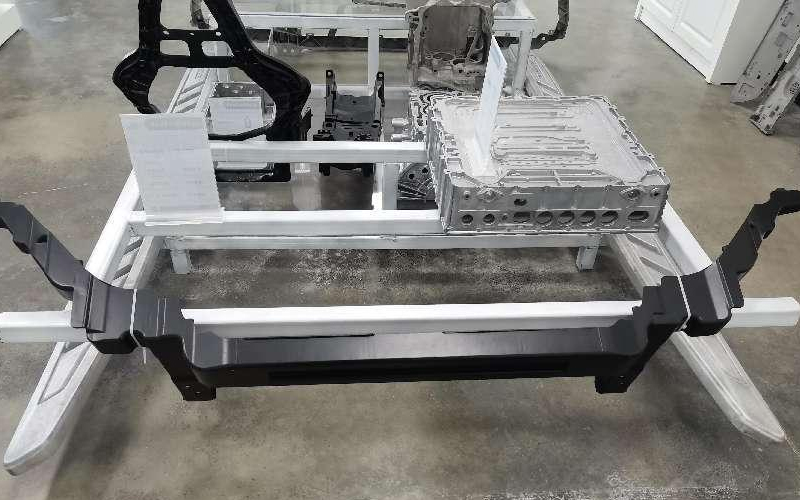Die casting is a manufacturing process that involves using a metal mold, or die, to produce high-quality, precision-made metal parts. It\’s a popular process for industries that require complex parts in large quantities, such as the automotive, aerospace, and electronics industries. In this article, we will provide a comprehensive overview of the die casting process, from design to finishing.
Design
The first step in the die casting process is design. The design process involves creating a blueprint of the part to be produced. The blueprint must be precise and accurate, as it will serve as the guiding template for the production process. The design process also involves selecting the appropriate materials for the die and the part to be produced. The materials selected must be able to withstand the high temperatures and pressures involved in the casting process.
Mold Making
Once the design is complete, the next step is mold making. The mold is made from two parts, the cavity and the core. The cavity is the part of the mold that forms the external shape of the part, while the core forms the internal structure. The mold is made from steel or other durable materials that can withstand the high temperatures and pressures of the casting process.
Melting and Pouring
The next step is melting and pouring. The metal to be used is melted in a furnace, and once it has reached the desired temperature, it is poured into the mold. The metal is poured at a high speed and pressure, which helps to ensure a uniform fill and minimize the likelihood of defects.
Solidification
Once the metal has been poured into the mold, it begins to solidify. The solidification process can take anywhere from a few seconds to several minutes, depending on the size and complexity of the part being produced. During solidification, the metal undergoes shrinkage, which can result in porosity or other defects if not properly controlled.

Ejection
Once the metal has completely solidified, the next step is ejection. The mold is opened, and the part is ejected using ejector pins or other mechanical devices. The part may still be hot at this stage, so care must be taken to avoid burns or other injuries.
Finishing
The final stage in the die casting process is finishing. This involves removing any excess material or flash from the part and refining the surface texture. The part may be polished, painted, or coated to improve its appearance or durability. Quality control checks are also performed at this stage to ensure that the part meets the required specifications.
In conclusion, the die casting process is a complex and precise manufacturing process that requires careful planning, design, and execution. By following these steps, manufacturers can produce high-quality, precision-made metal parts that meet the strict requirements of their customers.
-

- Coperchio dell'alloggiamento del laptop con parti in magnesio pressofuso D
-

- Alloggiamento per UAV di parti di tixostampaggio in magnesio
-

- OEM high pressure die casting magnesium alloy wheel for e-bike
-

- Parti pressofuse in lega di magnesio ad alta precisione per blocchetti di accensione per autoveicoli
-

- Parti UAV tixomolding in lega di magnesio pressofusione
-

- Casco Thixomolding pressofuso in lega di mangensio

 0086-750-5616188
0086-750-5616188 +86 13392089688
+86 13392089688 sales@zhongmei-tech.com
sales@zhongmei-tech.com







